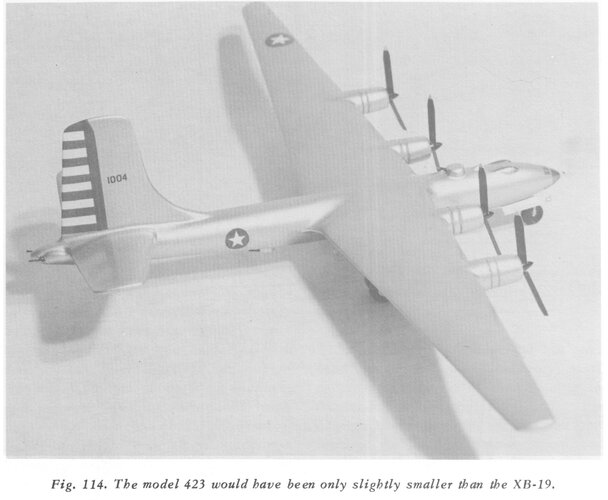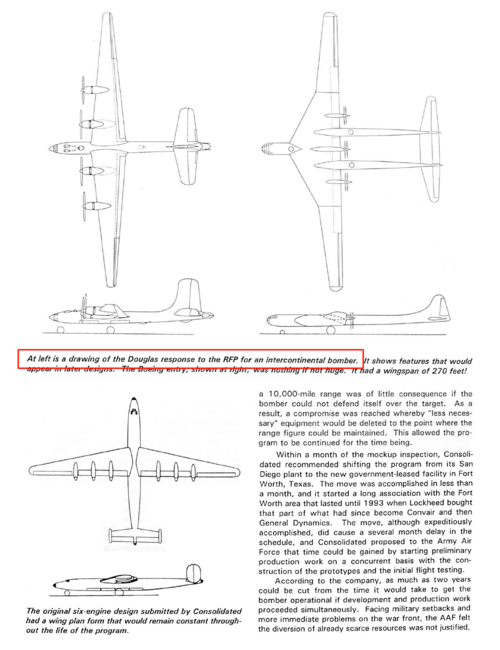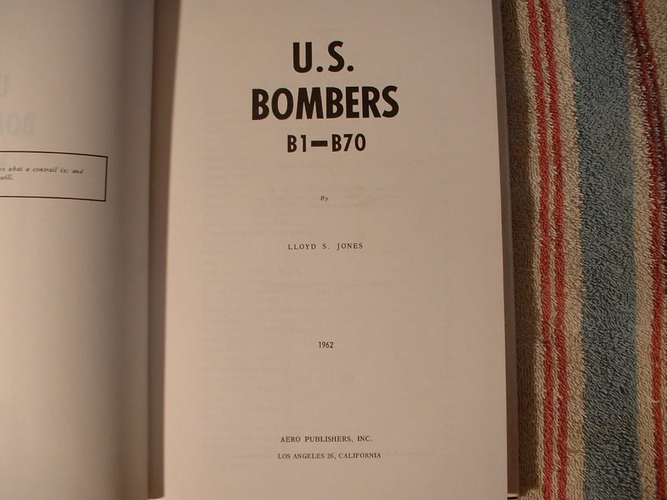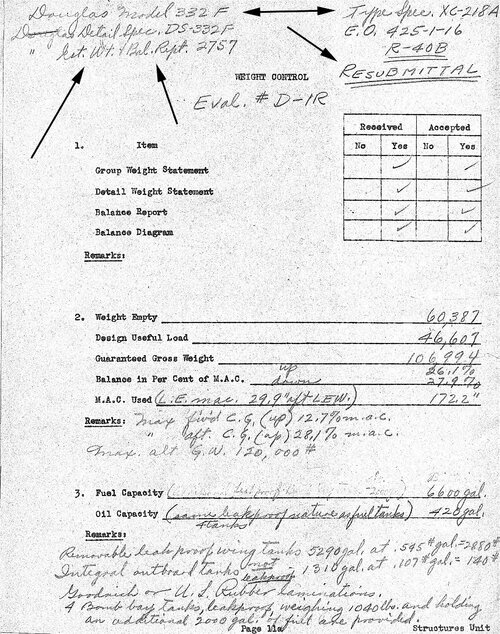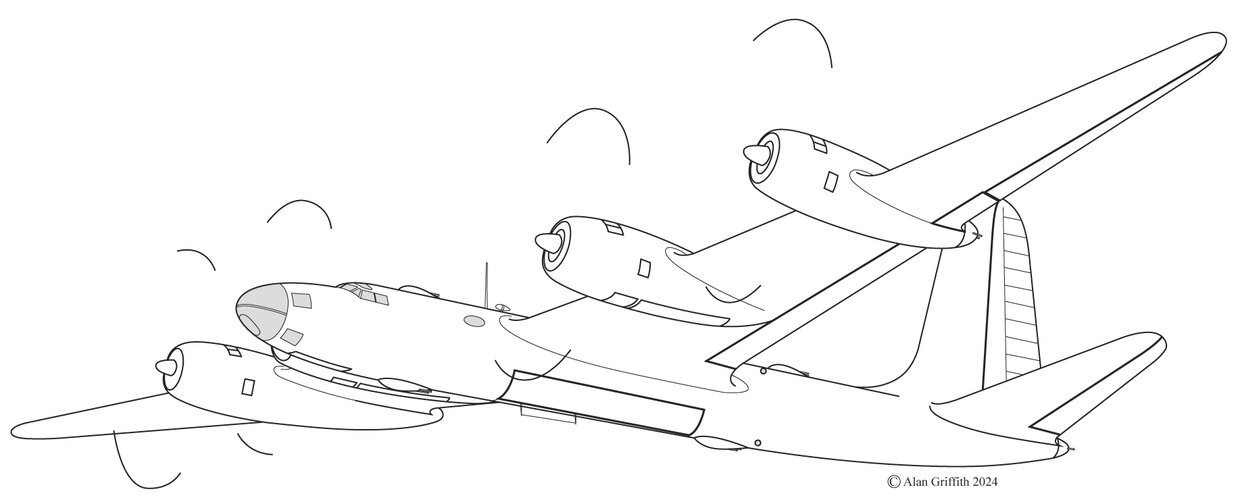- Joined
- 6 November 2010
- Messages
- 5,263
- Reaction score
- 5,515
@ACResearcher I bow to your judgement. Just pointing to where the mis-identification might have come from.
Image from U.S Bombers. Similar drawings to Jones' original 3-view appear in other, slightly later books, sometimes including attribution.
Image from U.S Bombers. Similar drawings to Jones' original 3-view appear in other, slightly later books, sometimes including attribution.
Attachments
Last edited:

